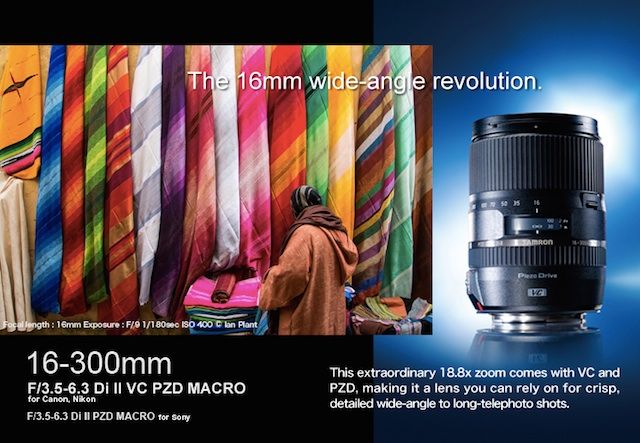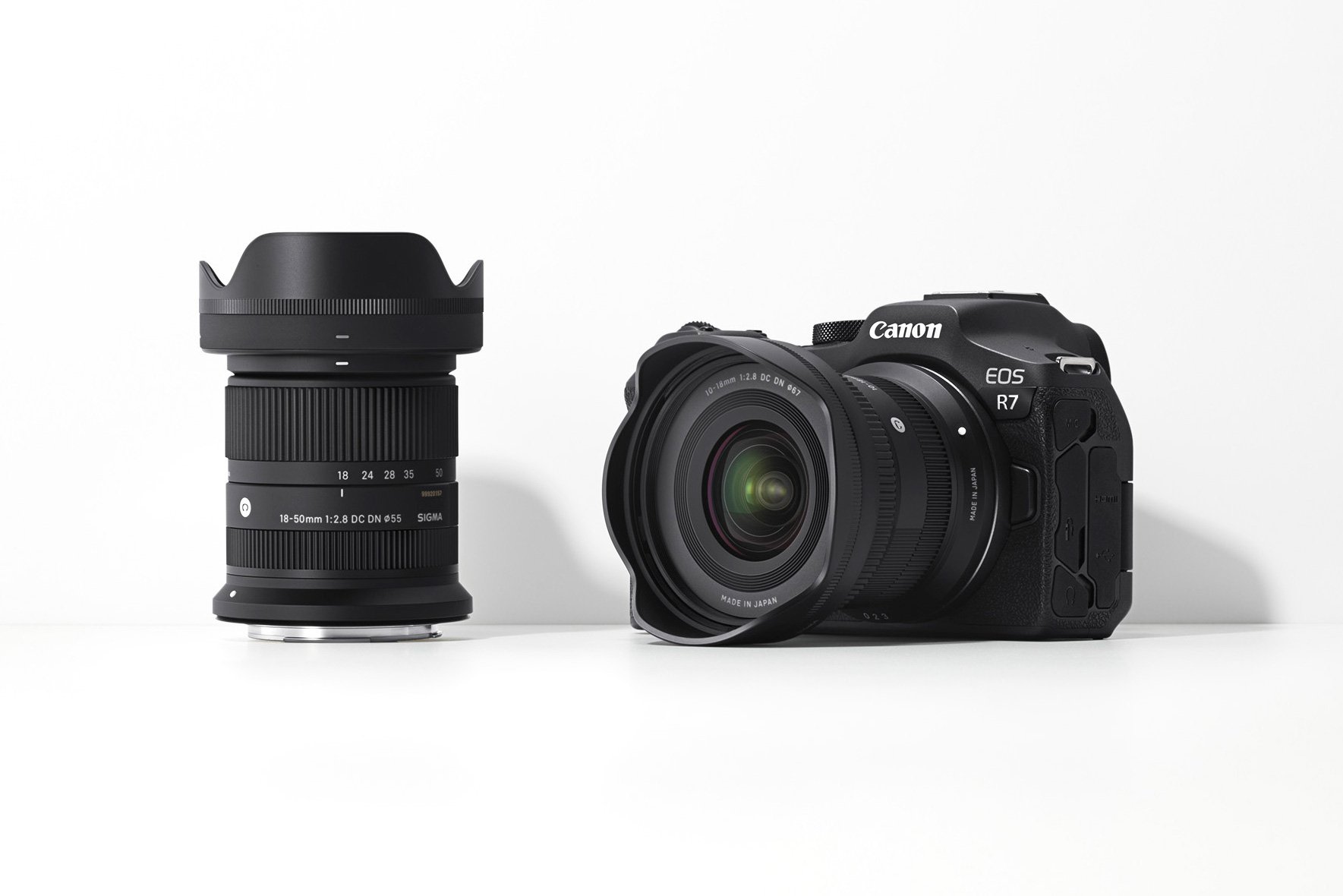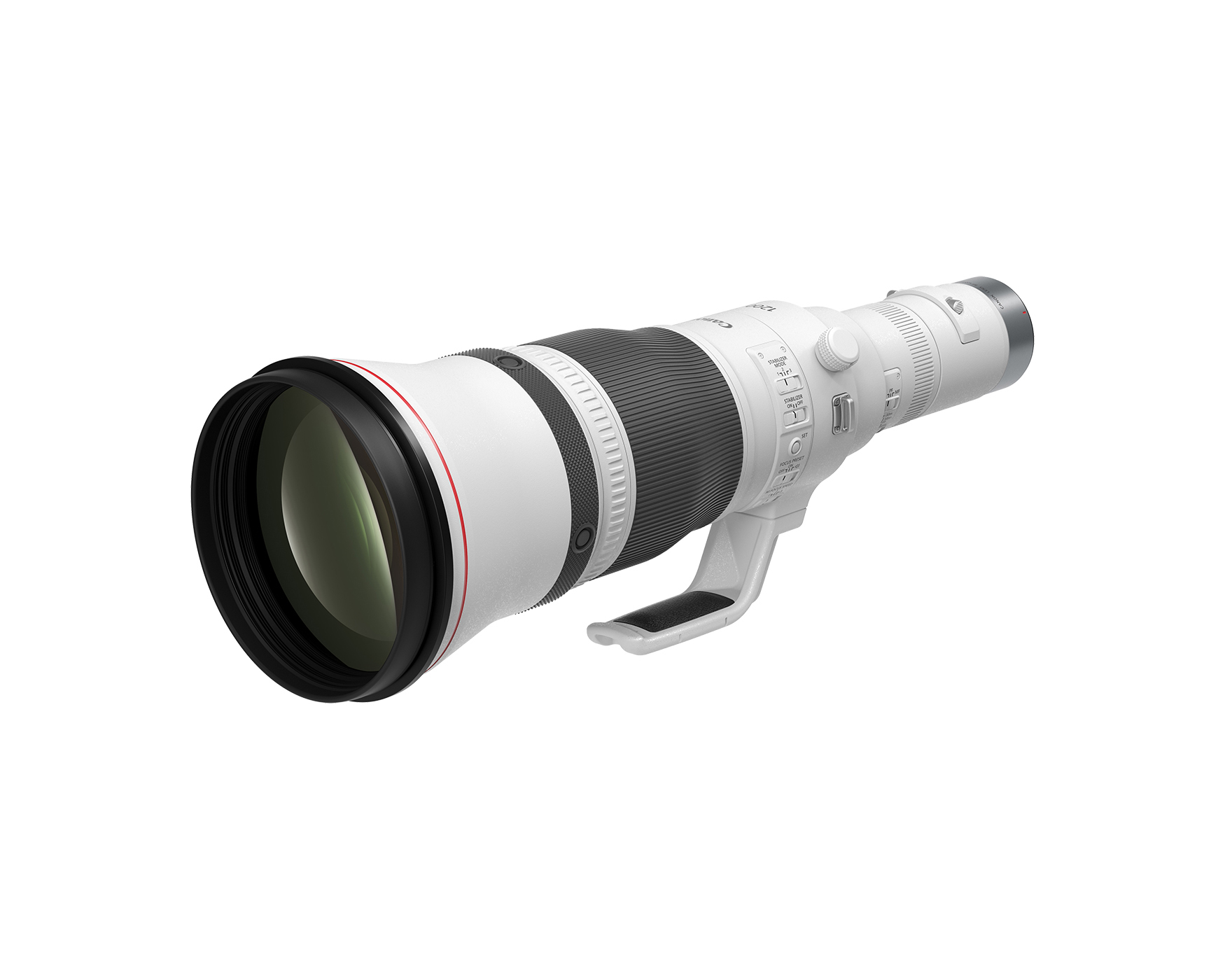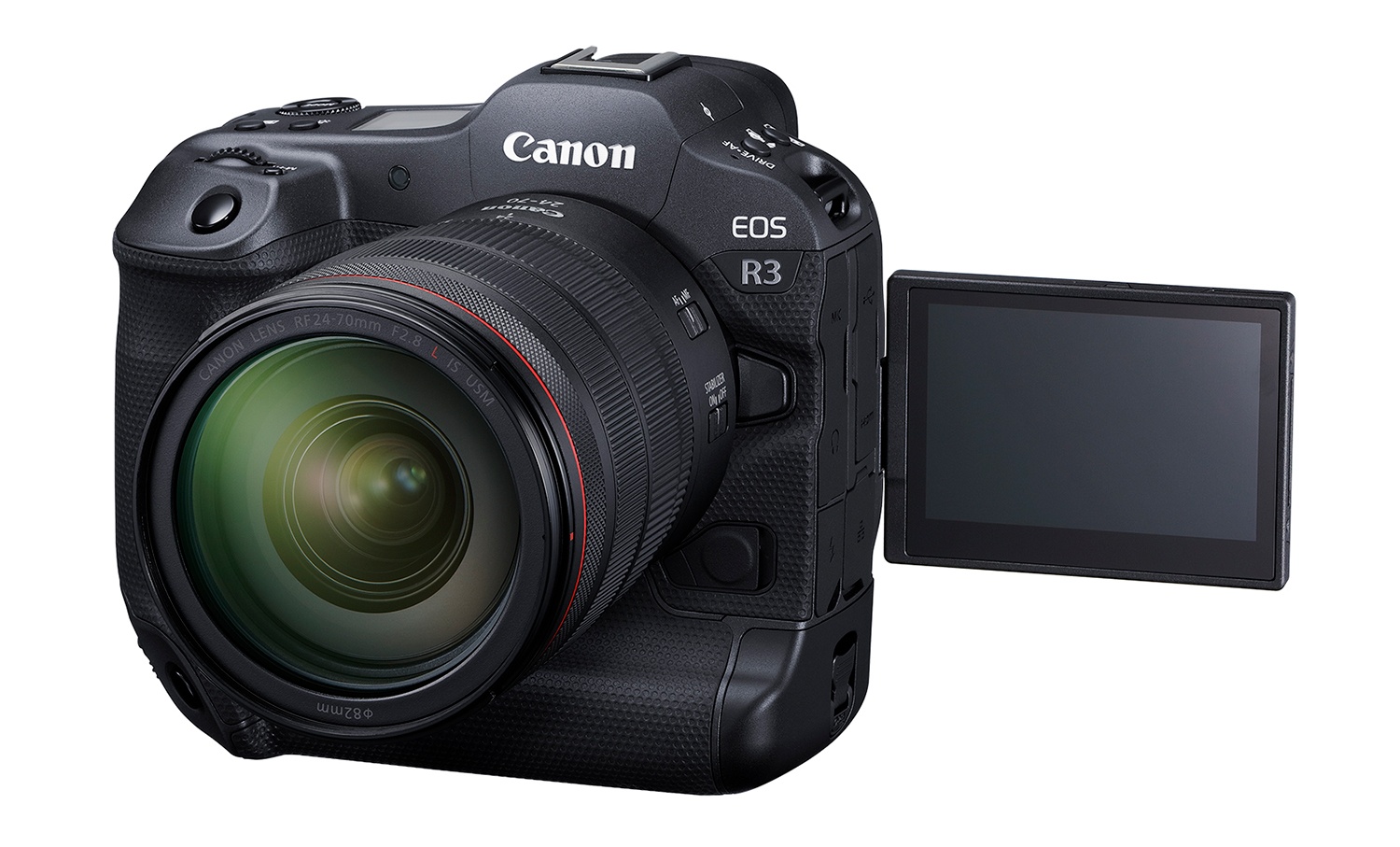I guess many of us were waiting for this: the possibility to use Sigma's excellent…
Tamron 16-300mm F/3.5-6.3 Di II VC PZD MACRO Officially Announced

Tamron made the 16-300mm F/3.5-6.3 Di II VC PZD MACRO lens official, shipping in Japan is expected for the end of April.
Tamron has a dedicated page for the 16-300mm. B&H Photo (click here) and Adorama (click here) have product pages for the Tamron 16-300mm but no pre-order is possible so far. B&H allows you to be notified when the item can be pre-ordered.
Tamron press release:
Tamron introduces the ultimate in high-power zoom lenses, with expanded focal lengths at both wide-angle and telephoto ends of the zoom range, providing the world’s first zoom ratio of approximately 18.8X.
A high-performance, high-power zoom lens that delivers focal lengths extending from an unprecedented 16mm at the wide-angle end up to a long-range telephoto 300mm!
Incorporates PZD (Piezo Drive)*1 and Tamron’s exclusive VC (Vibration Compensation)*2 system to further enhance the real-world performance of this next-generation “all-round lens”, which makes taking photographs more convenient and enjoyable.
April 10, 2014, Saitama, Japan – Tamron Co., Ltd. (President & CEO: Morio Ono), a leading manufacturer of precision optics, has announced the release of an advanced new all-in-one™ zoom lens exclusively for digital SLR cameras with APS-C size image sensors that provides an amazing 18.8x zoom ratio.
Since the launch in 1992 of the 28-200mm (Model 71D) high-power zoom lens – which featured a revolutionary compact, lightweight design – Tamron has been continually expanding its portfolio of world-class optics to benefit consumers.
Tamron previously launched an 18-270mm (Model B008) all-in-one™ zoom lens exclusively for digital SLR cameras with APS-C size image sensors that features a 15x zoom ratio, superior image quality, swift, quiet AF, and Tamron’s acclaimed VC (Vibration Compensation) mechanism, in an ultra-compact package. This ground-breaking lens has been winning plaudits throughout the world.
Responding to consumers’ demand for expanded focal lengths both at the wide-angle end of the zoom range and the telephoto end, Tamron has now developed a completely new all-in-one™ zoom lens design that provides an impressive focal length range extending from 16mm true wide-angle to 300mm super-telephoto.
More after the break

Product Highlights
A further expansion of the imaging range. With a minimum focal length of 16mm (35mm equivalent: 25mm) at the wide-angle end of the zoom range, and a maximum focal length of 300mm (35mm equivalent: 465mm), this remarkable new lens provides the world’s first zoom ratio of approximately 18.8X.
Responding to requests from consumers who wanted to be able to photograph subjects with a wider viewing angle than is possible with conventional high-power zoom lenses, Tamron has developed a unique lens with a minimum focal length of 16mm. At the telephoto end, the maximum focal length has been increased to an impressive 300mm. Users of this new lens can enjoy unprecedented framing flexibility by easily adjusting the angle of view using the convenient zoom ring.
Superior, reliable image quality with a universal lens.
The lens construction features 16 elements in 12 groups. This includes three Molded-Glass Aspherical elements, one Hybrid Aspherical element, two LD (Low Dispersion) elements, one XR (Extra Refractive Index) glass element, and one element of UXR (Ultra-Extra Refractive Index) glass, which has greater refractive index than XR. The full use of specialized glass elements in the design contributes to thorough compensation of optical aberrations. In addition, the use of the latest coating technology for suppressing reflections on lens element surfaces minimizes unwanted flare and ghosting and assures sharp, crisp, high-contrast images.
Using a new design approach to create an ultra-compact lens.
The latest optical technology has been used to provide an expanded zoom range (compared to the B008) at both the wide-angle and telephoto ends, without necessitating the use of an oversized lens body. By employing UXR glass (which helps to reduce the size of the front lens diameter), an optimized layout of the Molded-Glass Aspherical elements, and adopting a 5-lens-group zoom system approach to provide enhanced design flexibility, the new lens embodies the fusion of state-of-the-art optical design, sophisticated mechanical design, and high-precision lens manufacturing technology, thereby attaining a compact size, an unprecedented zoom range, and superior image quality.
A minimum focusing distance of just 0.39 meters supports an extensive range of macro photography capabilities.
The new lens provides a minimum focus distance of 0.39m over the entire zoom range, with a maximum magnification ratio of 1:2.9. This makes it possible to get right up close to the subject of the photo to enjoy easy, stress-free macro photography.
PZD (Piezo Drive) delivers faster, quieter autofocus action.
The PZD (Piezo Drive)*1, an advanced standing-wave ultrasonic motor system, delivers faster, quieter, more precise AF action when the autofocus is engaged. There is enhanced support for contrast-detection AF capabilities, and focusing when in live-view mode has been made smoother. The new lens also features full-time manual focus, a function that was not provided by B008, making manual focusing more convenient.
Sharper images with VC (Vibration Compensation).
Tamron’s acclaimed VC (Vibration Compensation)*2 mechanism is incorporated into the new lens.*3 VC reduces image blur caused by camera shake to deliver significantly sharper images even when shooting handheld at long telephoto settings.
Moisture-resistant construction for worry-free outdoor shooting.
Upgraded cosmetic design.
Tamron has upgraded the cosmetic design and finish of this lens to create a more sophisticated, high-end look in keeping with the demands of discerning DSLR users. Employing a sophisticated linear pattern rubber grip on the zoom and focus rings, and an elegant tungsten-silver name-brand ring, etc., this newly designed model accentuates its visceral presence with understated elegance and class.
*1 PZD (Piezo Drive) is a standing-wave type ultrasonic motor system developed by Tamron. It delivers outstanding speed and quiet operation in the AF mode. It also provides greater flexibility in design compared with ring-type ultrasonic motors, thus contributing to reduced lens size.
*2 VC (Vibration Compensation) is Tamron’s proprietary tri-axial image stabilization mechanism.
*3 The Sony mount model does not include VC, since the bodies of Sony DSLR cameras include built-in image stabilization functionality. The name of the Sony mount model is “16-300mm F/3.5-6.3 Di II PZD MACRO” without the VC designation.
| Model | B016 |
| Focal Length |
16-300mm |
| Maximum Aperture | F/3.5-6.3 |
| Angle of View (diagonal) | 82°12′ ~5°20′ |
| Lens Construction | 16 elements in 12 groups |
| Minimum Focus Distance |
0.39m (15.3 in)
|
| Maximum Magnification Ratio |
1:2.9 (at f=300mm: MFD 0.39m) |
| Filter Size |
φ67mm |
| Maximum Diameter |
φ75mm |
| Length* | 99.5mm (3.9 in) |
| Weight | 540g (19 oz) |
| Diaphragm Blade Number | 7 (circular diaphragm) |
| Minimum Aperture | F/22-40 |
| Standard Accessories | Flower-shaped lens hood |
| Compatible Mounts | Canon, Nikon, Sony |
Specifications, appearance, functionality, etc. may be changed without prior notice.
Length and weight are based on figures for the Nikon-mount lens.
* Length is the distance between the front tip of the lens and the mount face.
PZD (Piezo Drive)
Ultrasonic motors are classified into two types depending on how the energy used to move the drive is generated: traveling-wave motors and standing-wave motors. Traveling-wave motors include the ring-type ultrasonic motor that has been adopted for the SP 70-300mm F/4-5.6 VC USD (Model A005) and other lenses. The PZD (Piezo Drive) adopted for the 18-270mm F/3.5-6.3 VC PZD (Model B008) and the new Model B016 is classified as a standing-wave ultrasonic motor system. The standing-wave ultrasonic motor system utilizes ultrasonic-frequency voltage to extend and turn the piezoelectric (piezoceramic) element, which causes the entire element to vibrate in an “S” pattern known as a standing-wave motion. The vibration of the element generates an elliptic motion at the metal tip, which is attached to the tip of the piezoelectric element in contact with the rotor. Friction of the metal tip with the rotor caused by this elliptic motion turns the rotor to focus the lens. Innovations to reduce the number of parts and simplify operation also contributed to the lens’s reduced size and weight.
VC (Vibration Compensation)
Tamron’s proprietary VC (Vibration Compensation) system uses a three-coil system. This system employs three coils that move the VC lens elements electromagnetically via three ceramic ball bearings. The VC lens elements are held in place only by contact with the ceramic ball bearings, thus achieving smooth movement with little friction. This provides a stable viewfinder image with enhanced image stabilization and excellent tracking performance.




